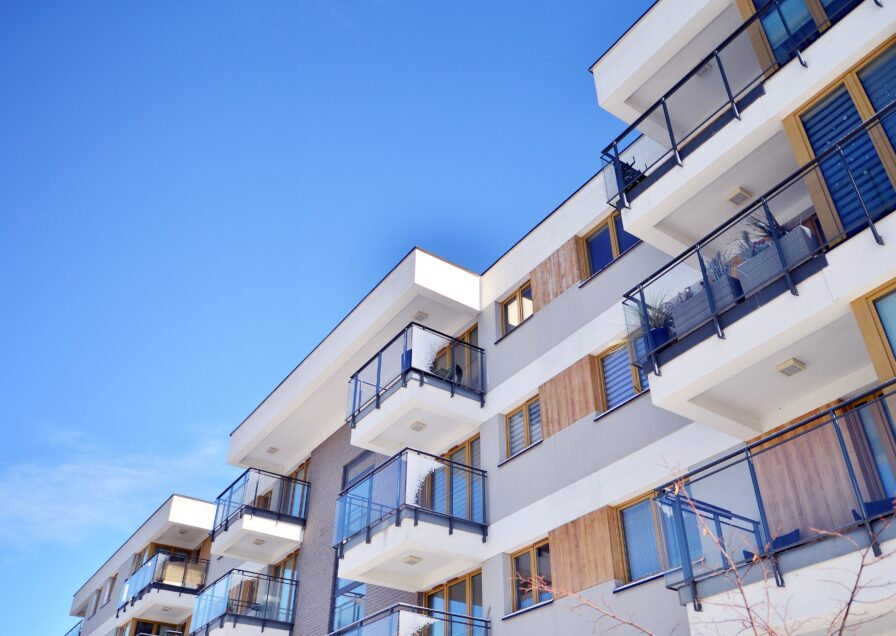How can we help you?

Many homeowner communities tend to postpone exterior maintenance of their buildings until the damage becomes visible. However, waiting can be costly, and identifying early signs of deterioration is essential to avoid structural issues, safety hazards, and unexpected expenses in future repairs.
The exterior elements of a building such as façades, roofs, terraces, party walls or courtyards, are constantly exposed to weather conditions and the passage of time. That’s why regular inspections are crucial. Below, we outline key indicators that may signal your community building is in need of exterior restoration work.
The appearance of cracks, even small ones, may indicate structural movement, moisture problems or material wear. When cracks are combined with the detachment of cladding, stones or decorative elements, the situation becomes more urgent. These issues not only affect the building’s appearance but may also pose real risks to pedestrians.
Moisture stains, mould or leaks in common areas and homes usually originate from deficiencies in the building envelope. Poor waterproofing, degraded joints or damaged gutters can allow water to seep in. This moisture can affect residents’ health and cause damage to internal structures.
When exterior finishes fade, peel or show signs of erosion, the building is left unprotected against the elements. In addition, a deteriorated appearance can give an impression of neglect.
Many buildings, especially older ones, feature original elements such as natural stone, ceramics, mouldings or traditional stucco. Over time, these materials can lose their properties if not properly maintained. Restoring them with care and respect for their character is key to preserving the building’s architectural and historical value.
Even when no obvious problems are visible, the absence of regular inspections can lead to unnoticed deterioration. Preventive maintenance is the most effective way to plan investments, avoid unexpected issues and extend the lifespan of the building’s components.
Recognising these signs in time allows you to act proactively, ensure safety and improve the quality of life for residents. A well-executed restoration may also include energy efficiency improvements, access to public subsidies and an increase in the property’s value. That’s why it’s essential to work with professionals like the team at GTA Europa, who can accurately assess the real condition of the building and propose tailored solutions.
Newsletter